Choosing Correct Container Size. How? Why?
aharriedmom
11 years ago
Featured Answer
Sort by:Oldest
Comments (43)
capoman
11 years agolast modified: 9 years agoaharriedmom
11 years agolast modified: 9 years agoRelated Discussions
Choosing germination container size
Comments (3)when you get the 102s they should be ready to be transplanted to their final pots: 1 plug per 4-4.5" pot, 3 per 6" pot. the stuff you are starting from seed may need to be transplanted several times. i know it's time consuming, but you'll end up with a much better product. A few things i do like myfamilysfarm described (usually things with very tiny seed), but a lot of things i sow directed into plug trays of various sizes, usually 72 or 102, grow them to a transplant size, then pot up to market packs or 4" pots, and sometimes one more transplant to a bigger pot size still, depending on the plant and how long i expect to have it. another issue is *space*. i simply would not have enough space to start everything directly in their final pots. seed trays allow for much more product, as production times are overlapped, and better manageability of the higher heat/humidity environment. as for the "doesn't like transplanting" plants, you may have to experiment to see what works for you. those are things i usually start in jiffy pots or something. it really depends on WHY it doesn't like transplanting, so you will have to research the individual plant. is it because it doesn't like it's roots disturbed? because it has a taproot? etc., and then choose what you think might be best....See MoreHelp Choosing Correct Heat Pump System for my house
Comments (98)Hi Tiger,Ryan and Gary Happy 4th guys. Hope you're out there partying!! The Infinity system is running just great. Its so quiet inside the house that I can barely tell its on. I am so so happy with it. Its a real sweet baby. The temperature in Sacramento has been very nice these past two weeks, just in the 80's. Its kind of weird because last month we hit the 100's. I am confident though that this baby can handle it when we go back up to the 90's and 100's. As for the ducts Ryan, the flexi is attached to metal, but I don't know if its the insulated kind. But it is very quiet. I don't hear noise from the vents. I did take a peak into my attic from the ladder and the flexi is nicely layed out, no spagetti up there. Also all direct from the airhandler and no Ys. Well i've been partying all week Gary. I love this baby. But the real big party will be in the winter when its real cold outside and my living room will actually feel warm. For me that will be the biggest test because I can't handle the cold and like it very warm in the house. My old heat pump always blew in cool air when its below 45 degrees outside. If any of you will be in the Sacramento area in the future, let me know and we'll have an Infinity party or we can party Infinityly!! You guys take care and thanks again for all your help. I'll be travelling quite a bit on the job from mid July until late September, so if you post something and I don't get back to you please know that I'm on the road. Demi...See MoreHow to choose right size mirror?
Comments (1)I think it depends on the size of the sink. Frankly, I don't think the mirror can be too big. But as some pedestal sinks are not large, a mirror can be too small...you need to be able to see you whole head and shoulders. my 2 cents......See MoreChoosing correct size tree/shrub to container?
Comments (2)Thank you so much Albert! I couldn't figure out the correct terms to search for and did not see this article. Really appreciate it!...See Morecalistoga_al ca 15 usda 9
11 years agolast modified: 9 years agodickiefickle
11 years agolast modified: 9 years agoaseedisapromise
11 years agolast modified: 9 years agoTheMasterGardener1
11 years agolast modified: 9 years agoTheMasterGardener1
11 years agolast modified: 9 years agotapla (mid-Michigan, USDA z5b-6a)
11 years agolast modified: 9 years agoTheMasterGardener1
11 years agolast modified: 9 years agocapoman
11 years agolast modified: 9 years agotapla (mid-Michigan, USDA z5b-6a)
11 years agolast modified: 9 years agoeryka_serrano
7 years agolast modified: 7 years agoeryka_serrano
7 years agotapla (mid-Michigan, USDA z5b-6a)
7 years agoeryka_serrano
7 years agoeryka_serrano
7 years agotapla (mid-Michigan, USDA z5b-6a)
7 years agoeryka_serrano
7 years agotapla (mid-Michigan, USDA z5b-6a)
7 years agoeryka_serrano
7 years agotapla (mid-Michigan, USDA z5b-6a)
7 years agoeryka_serrano
7 years agolast modified: 7 years agotapla (mid-Michigan, USDA z5b-6a)
7 years agoeryka_serrano
7 years agoeryka_serrano
7 years agotapla (mid-Michigan, USDA z5b-6a)
7 years agoeryka_serrano
7 years agotapla (mid-Michigan, USDA z5b-6a)
7 years agoeryka_serrano
7 years agotapla (mid-Michigan, USDA z5b-6a)
7 years agoeryka_serrano
7 years agoeryka_serrano
7 years agoeryka_serrano
7 years agotapla (mid-Michigan, USDA z5b-6a)
7 years agoeryka_serrano
7 years agotapla (mid-Michigan, USDA z5b-6a)
7 years agoeryka_serrano
7 years agoeryka_serrano
7 years agotapla (mid-Michigan, USDA z5b-6a)
7 years agoeryka_serrano
7 years agotapla (mid-Michigan, USDA z5b-6a)
7 years agoeryka_serrano
7 years ago
Related Stories
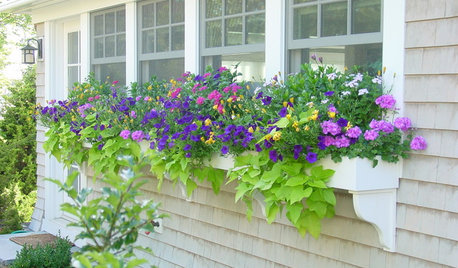
CONTAINER GARDENSChoose Complementary Colors for Dazzling Container Gardens
Red and green, purple and yellow, and blue and orange are opposing pairs that work in perfect harmony
Full Story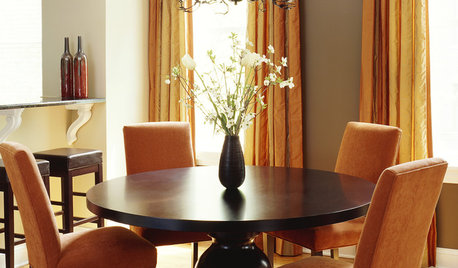
GRAYGoing Greige: Tips for Choosing This All-Around Neutral
Here are some ways to highlight and complement your home with this elegant hybrid of gray and beige
Full Story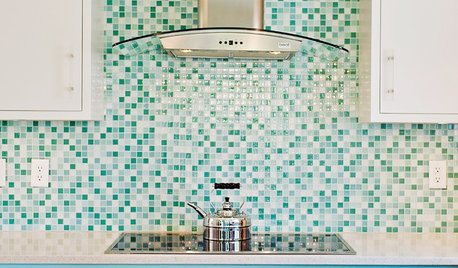
KITCHEN DESIGN9 Popular Stovetop Options — Plus Tips for Choosing the Right One
Pick a stovetop that fits your lifestyle and your kitchen style with this mini guide that covers all the basics
Full Story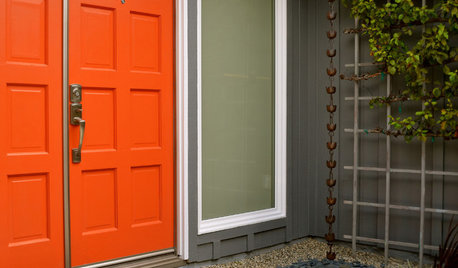
MOST POPULARHow to Choose a Front Door Color
If choosing a door paint isn't an open-and-shut case for you, here's help
Full Story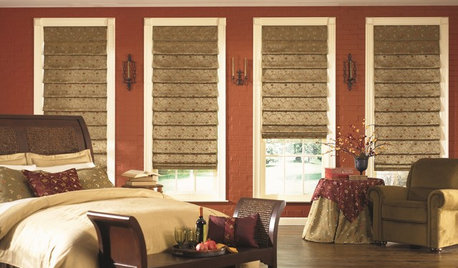
WINDOW TREATMENTSHow to Choose the Right Window Shades
Should you roll with rollers or do as the Romans do? This mini guide to choosing window shades can help
Full Story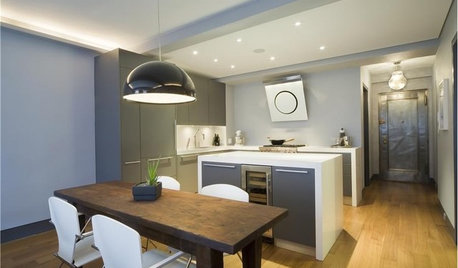
KITCHEN DESIGNHow to Choose the Right Hood Fan for Your Kitchen
Keep your kitchen clean and your home's air fresh by understanding all the options for ventilating via a hood fan
Full Story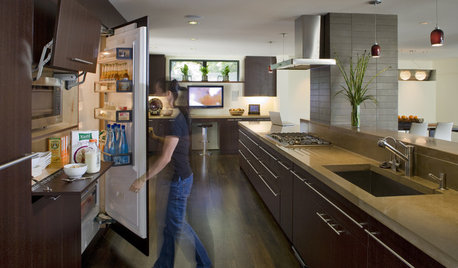
KITCHEN DESIGNHow to Choose and Use Ecofriendly Kitchen Appliances
Inefficient kitchen appliances waste energy and money. Here's how to pick and use appliances wisely
Full Story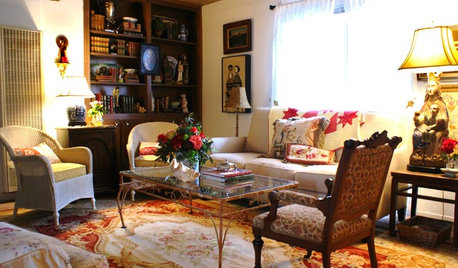
DECLUTTERINGDownsizing Help: Choosing What Furniture to Leave Behind
What to take, what to buy, how to make your favorite furniture fit ... get some answers from a homeowner who scaled way down
Full Story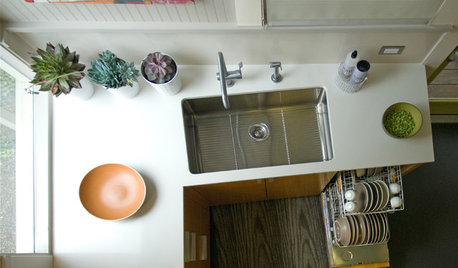
MOST POPULARHow to Choose the Right Kitchen Sink
Learn about basin configurations, sink shapes, materials and even accessories and specialty sinks
Full Story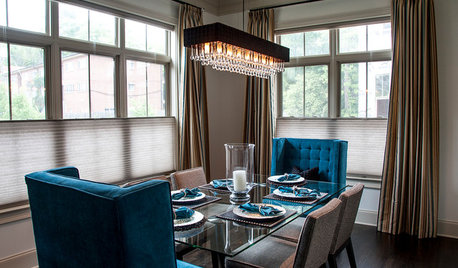
WINDOW TREATMENTSHow to Choose the Right Window Blinds
Get the privacy, light filtering and look you want with this breakdown of blind options
Full Story

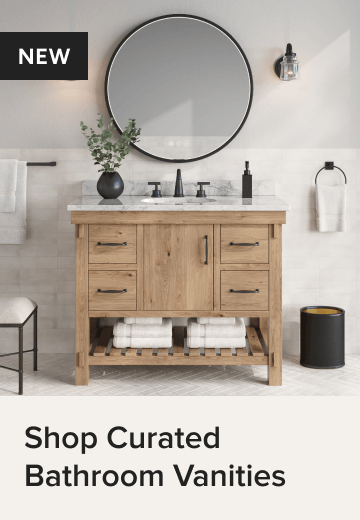

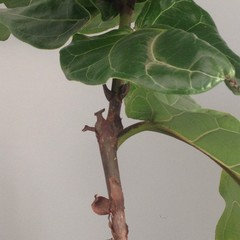
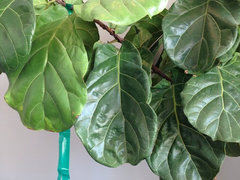


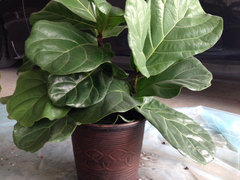
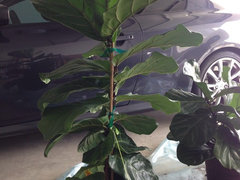

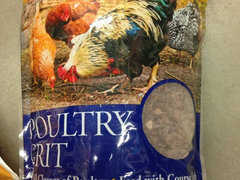
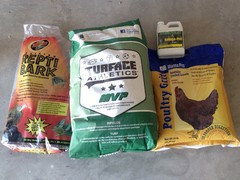
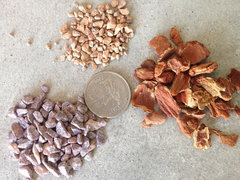
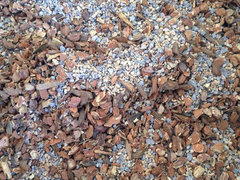
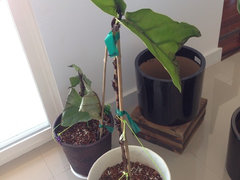

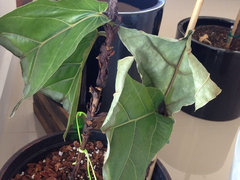
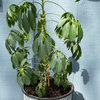
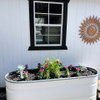
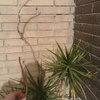
tapla (mid-Michigan, USDA z5b-6a)